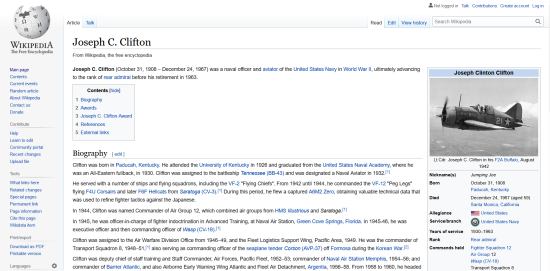This tutorial explains, step by step, how I painted Maria - sculpted by Kev White of Hasslefree Miniatures. Maria is a great little miniature (quite literally, considering her petite stature).
Before starting to paint any mini, I like to decide roughly what colours I am going to use - as it can give me a general idea of what the finished items are going to look like. For Maria, I decided on quite feminine colours to give her a more youthful appearance.
Laying the Groundwork
Maria is a one-piece miniature, so no assembly was required. Using a craft knife and a small needle file, I removed any flash or mouldlines that I could see (thankfully, very few). Next I glued the mini to the base. I decided to use some rather nice Urban War resin bases that I've had lying around for awhile.
With the cleaning-up done and the glue dry, it was time for the ever-so-important undercoat. Undercoating a miniature gives the paint something to grip onto - otherwise, all your lovingly applied paint will rub off with even the gentlest handling.

The choice of colour for your undercoat is a never-ending debate in the mini-painting community, the main factions being Black or White (though Grey undercoat is starting to make an appearance). There are pros and cons for either choice, but personally, I choose Black as my weapon of choice. The main advantage I find in using a black undercoat is that you don't need to "Blackline" the mini (separating areas with a dark line)... not to mention the fact it suits my darker painting style more.
Method to my Madness
Before I get onto the actual "how to" of the painting, I wanted to explain a little about my preferred method of painting.
Layering!, Layering!, Layering!
Layering is quite easy to pick up with a little practice, but to achieve really smooth results, it can be very time consuming at first. The basic principle is simple - paint layer on top of layer, getting progressively lighter with each one. Each layer should cover a slightly smaller area than the previous one, so the transition between colours will be apparent.
The more inbetween layers from your basecolor to your final highlight, the smoother the transition. It is essential to keep the paint thin and semi-transparent for good results. Thinning the paint is very important and cannot be stressed enough - if you don't thin it enough, the multiple layers will be too thick and obscure the details on the mini. Personally, I tend to add 3-4 parts water to 1-part paint as a rough guide. Realistically, you're looking for the consistency of milk.
The upside to thinning your paint is it will give a much smoother finish without filling in any detail of the sculpt. The downside is you need multiple coats for each layer to build up a solid colour.
Throughout the painting of this mini I use the layering technique, and most layers are made up of 3-4 coats to give good coverage.
I use paints from various manufacturers, and a lot of it is down to personal preference. On this mini, I used paints from Games Workshop (GW) and Vallejo - Game Colour (VGC) and Model Colour (VMC).
You Looking at Me?
I always start with the main focalpoint of a mini: the Face (assuming it has one!). This is one of the main areas that draws the eye of the viewer, and can make all the difference to a mini.
First off the Eyes. Most people tend to use white for the eyes, but I find it too harsh a colour, and can make the mini look like it's staring. I prefer to use an off-white or bone colour.
Eyes Step 1
Paint the eyes (GW) Bleached Bone. (Absolute neatness isn't required here, as it can be tidied up in step 3.)

Eyes Step 2
I paint a thin line of (GW) Chaos Black down the centre of the eye. I find this better than an actual dot for the pupil, as it stops them looking cross-eyed.

Eyes Step 3
Tidy up the edges of the eye using some (GW) Dark Flesh.








